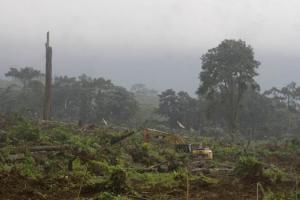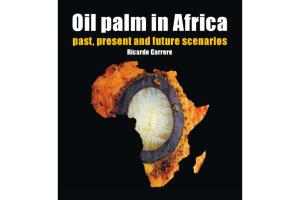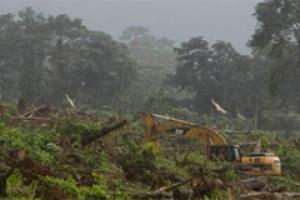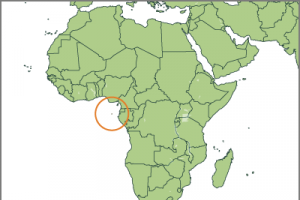In one of his last works – “Oil palm in Africa: Past, present and future scenarios”, published in December 2010 – our beloved friend and colleague Ricardo Carrere provided an overview of the history and current status of monoculture oil palm plantations in Africa (see http://wrm.org.uy/oldsite/countries/Africa/Oil_Palm_in_Africa.pdf).
Sao Tome and Principe
Bulletin articles
11 September 2013
Publications
30 August 2013
Governments are opening the doors to corporations for planting vast areas of land with oil palm plantations. This trend is not only happening in West and Central African countries, but is even expanding to parts of Eastern Africa. Large scale oil palm plantations are already causing serious environmental and social impacts in some countries, resulting in loss of community rights over their territories.
Other information
30 October 2012
São Tomé and Príncipe is one of the countries on the West African coast that stands out when it comes to biodiversity. For this reason, since the end of the 19th century these “beautiful equatorial islands” have attracted enormous interest from international researchers.Their forests have been classified as one of the two hundred most important areas in the world in terms of biodiversity. They are the habitat for around 25 species of endemic birds.
Bulletin articles
31 July 2003
Sao Tome and Principe is an archipelago covering 1001 km², a tropical paradise located in the oil rich Gulf of Guinea, approximately 300 km from the west coast of Africa. It is made up of the islands of Sao Tome and Principe, which are 150 km apart. The islands of the Sao Tome and Principe archipelago are of volcanic origin, with steep slopes clothed in dense and varied vegetation due to the high rainfall. The country gained its independence from Portugal in 1975.




